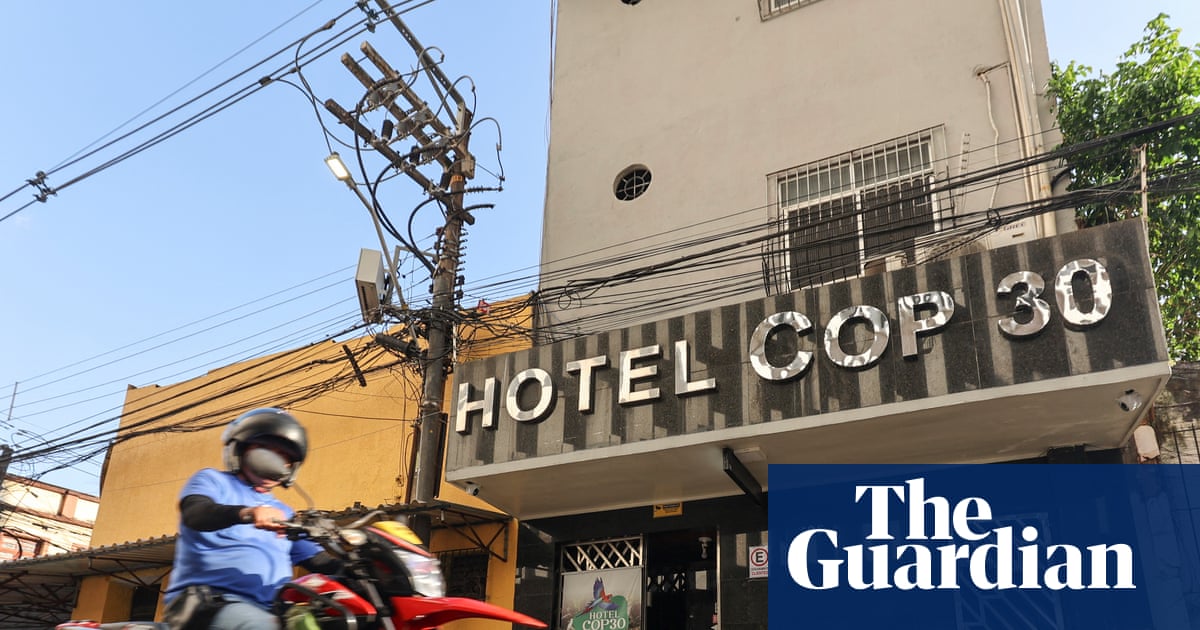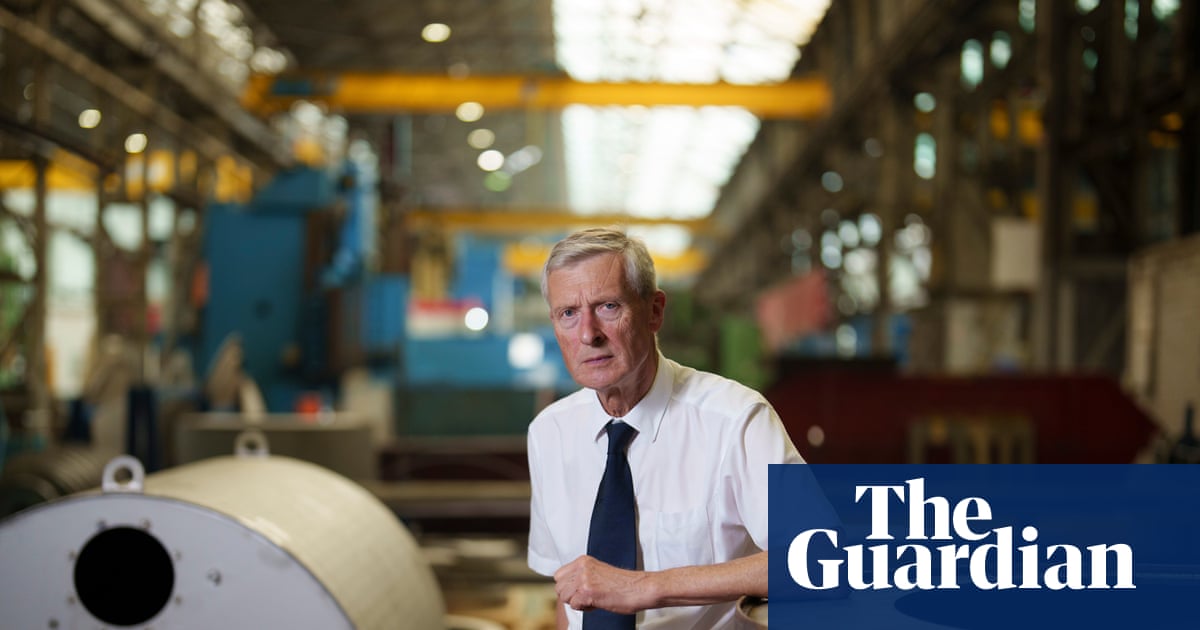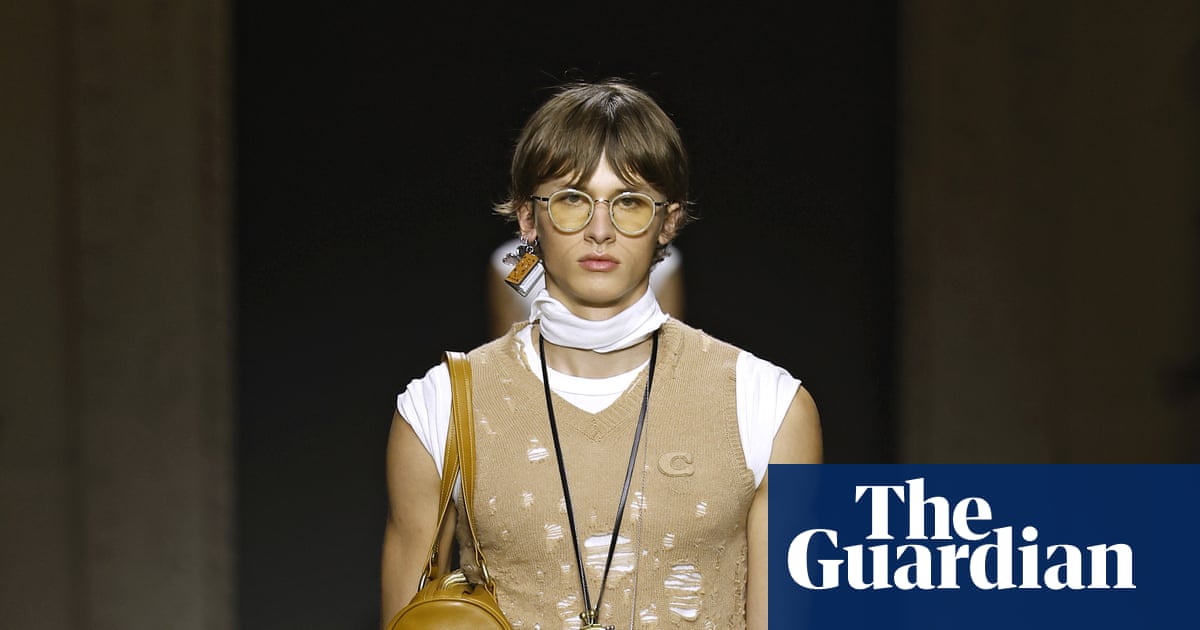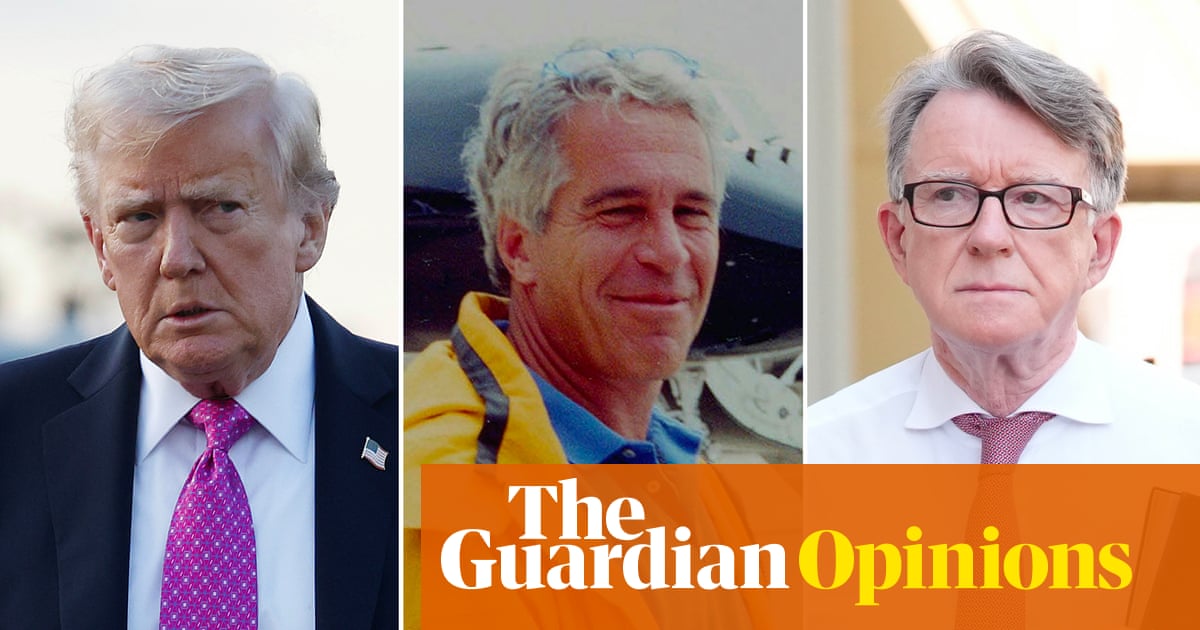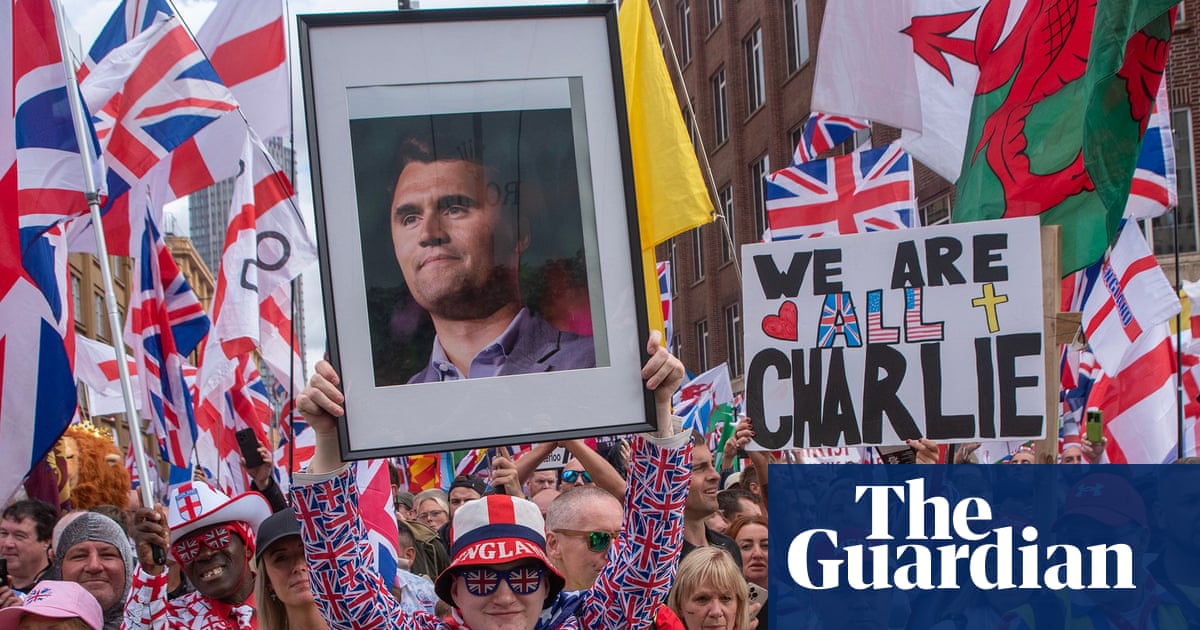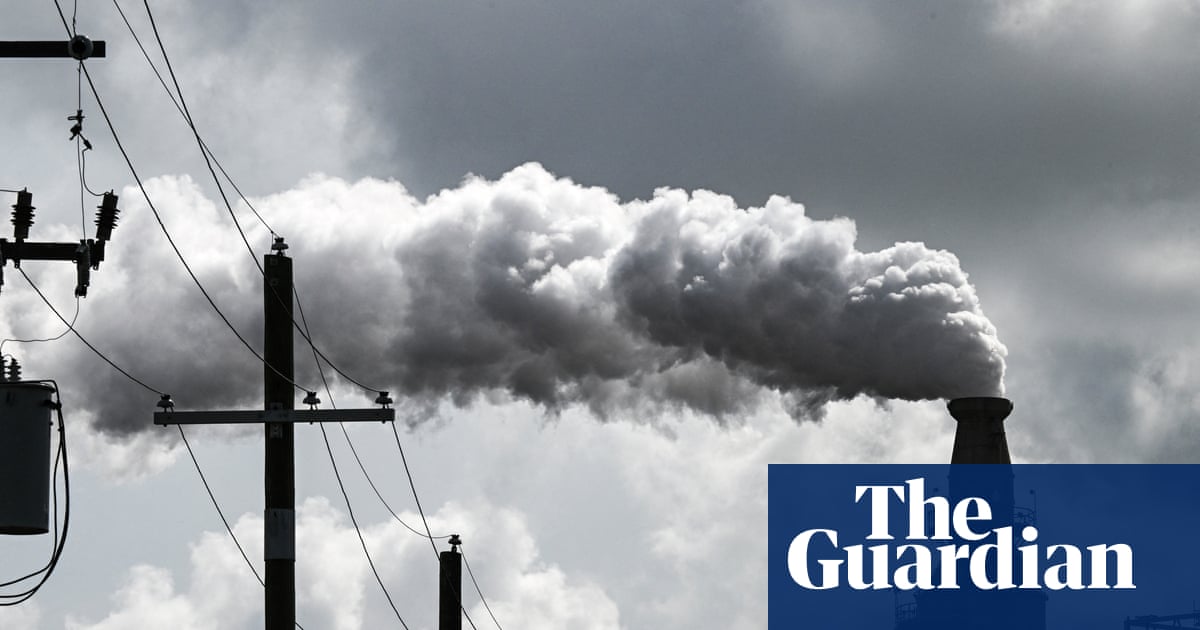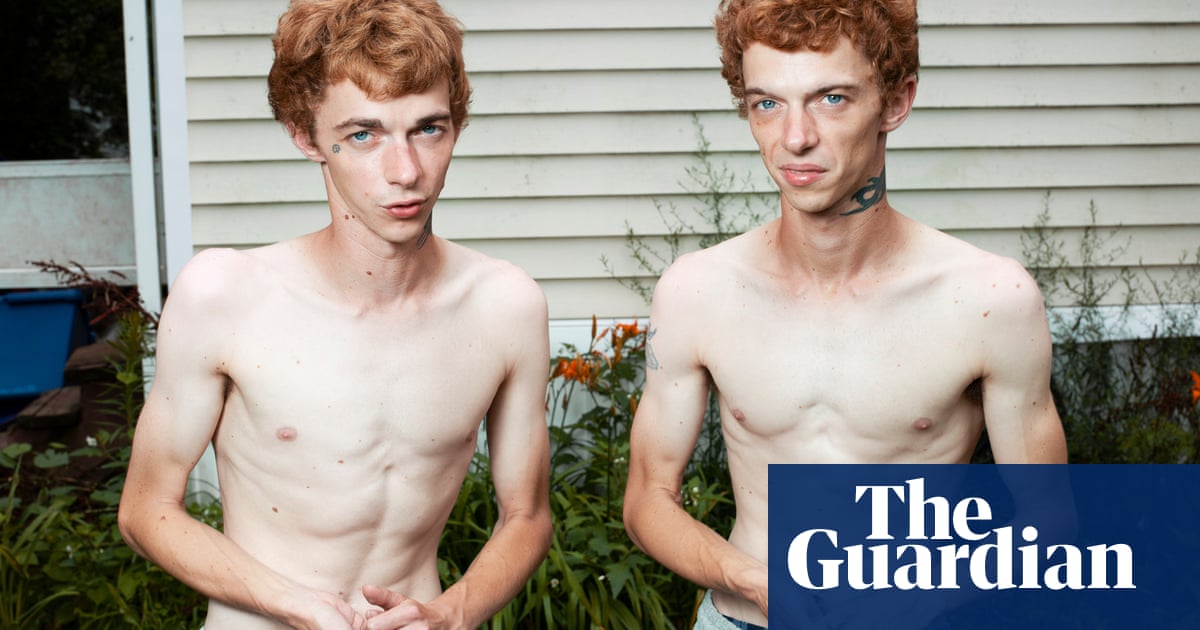In the 1990s, Michelle Mone saw an opportunity. She was in her late 20s, so the story goes, on holiday with her young family in Florida, and flicking through a magazine, when she saw an advert for the “Monique”: a breast-enhancing bra insert, or what we’d now call a chicken fillet. It sounds like the unlikely start of a business empire, but what began there would ultimately grow into Ultimo, the lingerie brand established by Mone and her first husband, Michael. For a time it looked set to compete with the big guns of the underwear world. The Rise and Fall of Michelle Mone is a gripping two-part documentary, which first examines how Mone rose to fame and entered the heart of the political establishment, before moving on to look at her more recent nosedive into scandal and a different sort of notoriety, in next week’s episode.
As Mone built her brand of bras out of a small warehouse in Glasgow, she also constructed her own legend. This is a tale of tits and assets, then, but in the way that all great BBC documentaries can be, it is also a story of culture and politics, and a broad portrait of an era, as well as a focused portrait of a person. Mone found success and fame during the late 90s, at the tail-end of Cool Britannia, in a decade still flashing the Vs of girl power, its cleavage squeezed in, up and out. By all accounts, Mone knew how to spin a yarn and put that talent to good use. Ultimo was pitched as the plucky Scottish David to the big lingerie Goliaths such as Gossard and Playtex. The documentary reports she liked to claim that Julia Roberts wore an Ultimo bra in the movie Erin Brockovich, a tale which passed into myth. The costume designer on the film denied this. Publicly, she was seen as a tough, tenacious girl-done-good in the largely male world of big business.
On the surface, this is a retelling of the Michelle Mone fairytale. She grew up in poverty in Glasgow’s East End and left school at 15 with no qualifications. She grafted her way into the business world, working her way up from selling fruit and veg, via a modelling career and eventually landing on lingerie. The documentary is detailed enough that it tracks down a childhood friend and a modelling colleague, as well as talking to former contacts and advisers. It even interviews Selfridges’ lingerie buyer in the late 90s, Virginia Marcolin, who gives a convincing account of the persistent woman she met back then, who was determined to get her product into one of the biggest department stores in the UK.
You can see what people saw in Mone. Quite literally, in fact. There is lots of footage from that time, as she was keen on having cameras around to document her rags to riches story, and to keep the brand, and herself, in the public eye. There are ample clips of her launching the Ultimo bra, trying to expand into Australia, and her then-new house, in which her first marriage was beginning to show signs of trouble. She talked about that, too, on TV, on chatshows, on panels. She became a celebrity, and in Ultimo’s careful choice of models, sometimes famous themselves, the brand fed the celebrity machine. It was a successful ecosystem of notoriety, but whether it was as successful a business as it appeared is one of the many questions asked here.
In some ways, this is a parable of fame. Mone courted it and won it, but eventually learned that once you turn on the faucet of public attention, trying to turn it off again is a sisyphean task. Even as the Ultimo launch succeeds, there are hints of choppy waters under the smooth public image. The documentary makers question Mone’s relationship with the truth and say that of the more than 50 people who worked for Ultimo they approached, none would speak on camera, and those who did, gave less-than-flattering accounts of the workplace and asked for their identities to be hidden.
Now, Mone is perhaps less famous for her business acumen than she is for her involvement in the lucrative “VIP lane” PPE scandal with her husband, Doug Barrowman, which was brought to public attention by a Guardian investigation (both deny any wrongdoing and have never been arrested or charged, though do stay for the legal notes at the end of episode two, which are unusually entertaining). It builds towards their notorious interview with Laura Kuenssberg, at the end of 2023, and the second episode is a great success as an investigative thriller, carefully laying out the claims that have been made against them. But this also works as a cultural artefact, and surely Mone, of all people, would appreciate that the story makes very good television.

 3 months ago
256
3 months ago
256

